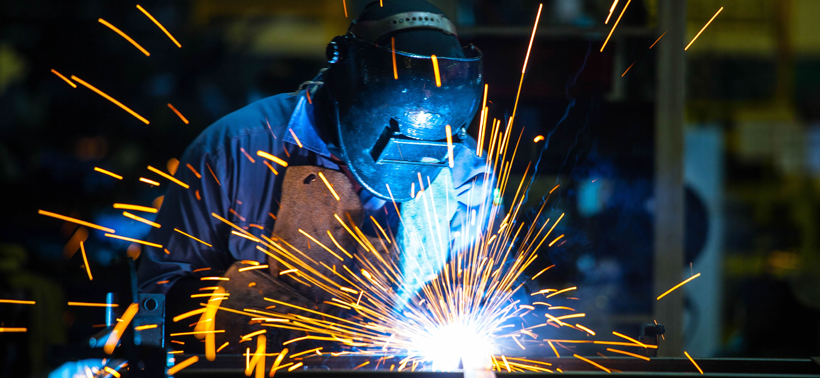Protective Clothing for Welding16 June 2023 | Admin
Welding is a vital industrial process that involves joining metal components through the application of intense heat and electric arcs. While welding enables us to create durable structures, it also poses significant risks to workers if proper safety precautions are not followed. One essential aspect of welding safety is the use of appropriate protective clothing. In this blog, we will explore the importance of protective clothing in welding, discuss key considerations when choosing such garments, and highlight some essential items to ensure maximum safety and comfort in the welding workshop. The importance of protective clothing in weldingWelding processes generate several hazards, including intense heat, sparks, molten metal splatter, and harmful ultraviolet (UV) and infrared (IR) radiation. Protective clothing acts as a barrier between the worker's body and these hazards, safeguarding against burns, cuts, abrasions, and other potential injuries. It plays a crucial role in preventing the risk of arc flash, electric shock, and exposure to toxic fumes or particles. Choosing protective workwear for weldingWhen selecting protective clothing for welding, it is important to consider the following factors:
Essential protective clothing for welding
Safety standard requirements for welding workwear (EN ISO 11611)Flap pockets In order to comply with EN ISO 11611 all external pockets must be flapped, except for side pockets below the waist which do not extend more than ten degrees forward of the seam. Rule pockets A single rule pocket with an opening not greater than 75mm is permitted behind the side seam on one or both legs. Tensile and tear strength To meet EN ISO 11611 tensile strength must be at least 400N and tear strength must be at least 15N for class 1 and 20N for class 2. S U M M A R YWelding is an inherently hazardous process, but by employing appropriate protective clothing, workers can significantly reduce the risk of injuries and long-term health issues associated with welding operations. When selecting welding protective clothing, it is crucial to prioritize flame resistance, heat insulation, durability, comfort, and protection against UV and IR radiation. Investing in high-quality protective garments such as helmets, jackets, gloves, aprons, pants, and boots equipment ensures both safety and comfort in the welding workshop.
|
|
 Items: 0 Total: £0.00 |

















